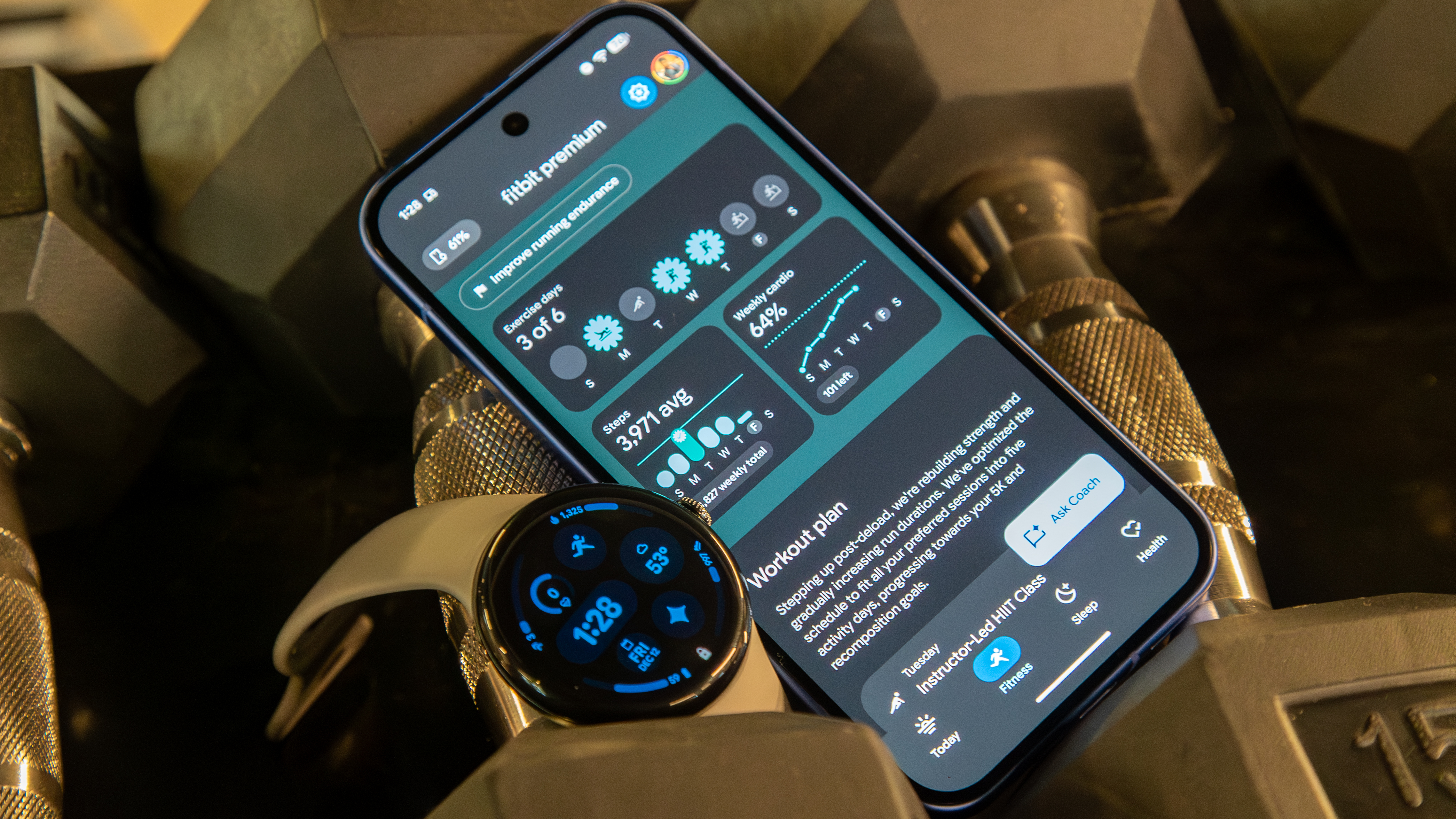The Sony Xperia XZ1's camera has pleasantly surprised me
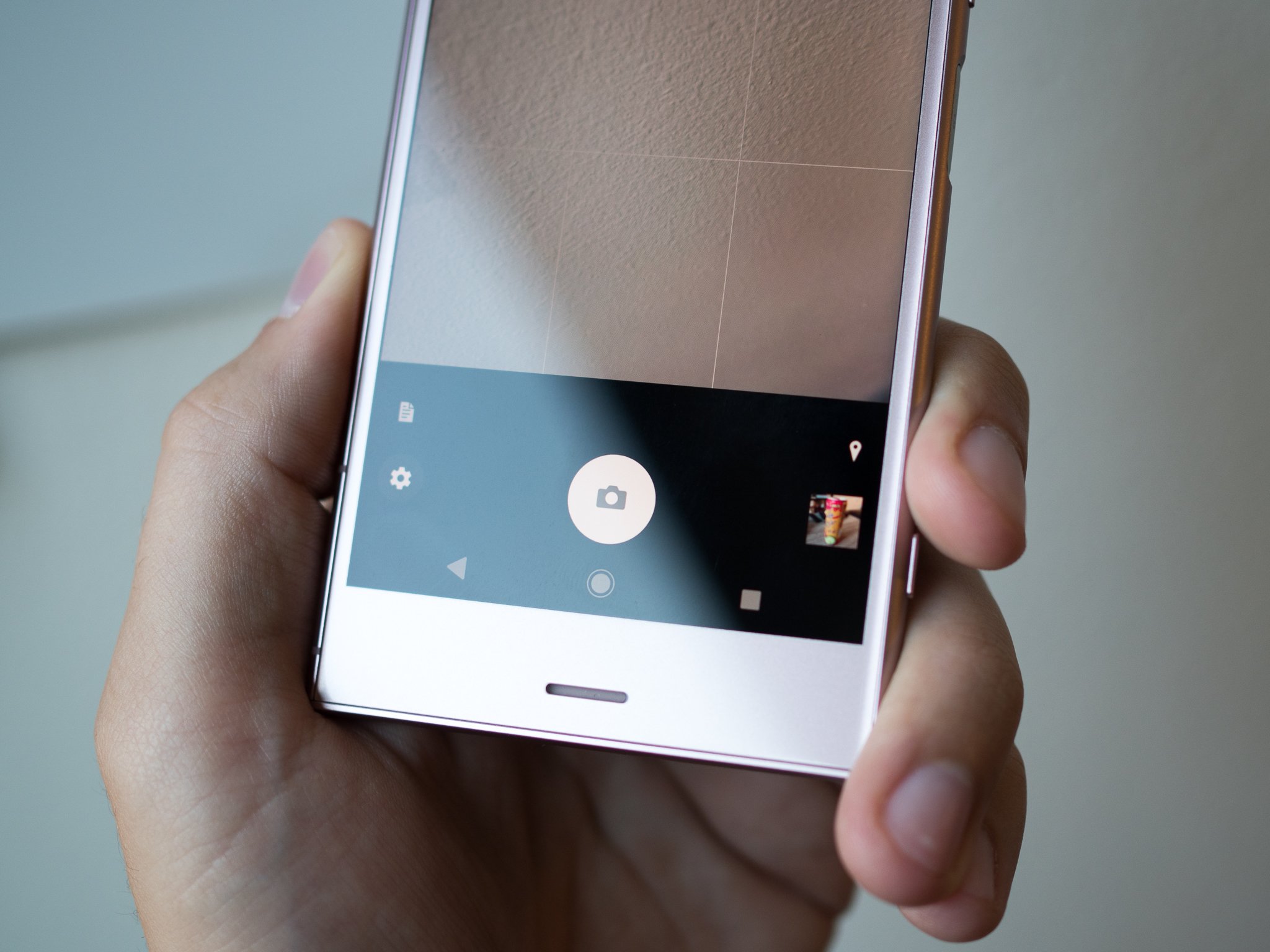
After using and reviewing the Sony Xperia XZ Premium earlier this year, and being squarely disappointed by the camera considering its flagship positioning and price, I was expecting much more of the same out of the (relatively) lower-end Xperia XZ1. It after all has the same camera specs as the XZ Premium, so how much could it have improved? Well, as it turns out, a lot has changed — and for the better.
Despite ostensibly having the same camera hardware as the XZ Premium, it only took a few shots with the XZ1 to notice that Sony has made big improvements in processing. Something to actually get excited about with a Sony smartphone camera? Absolutely. Here's why.
Important photo processing improvements
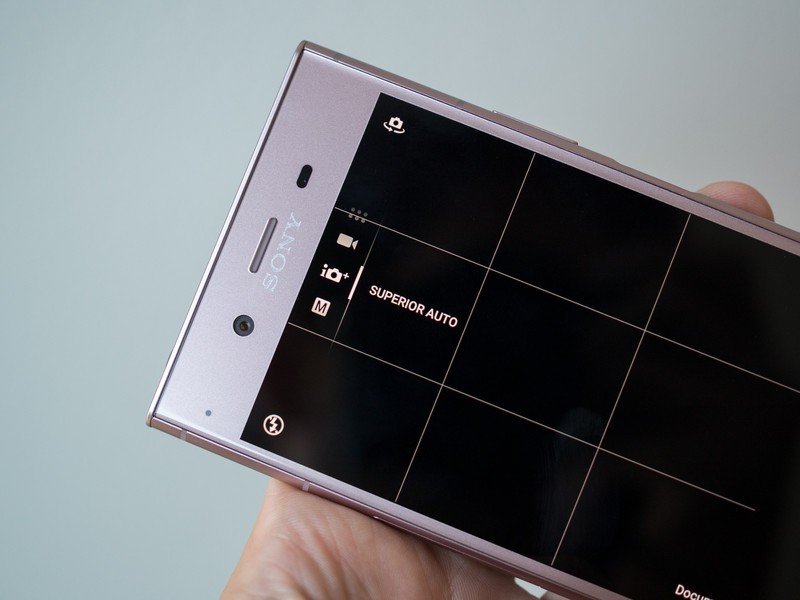
There's basically one change in the characteristics of the XZ1's camera that makes it so much better than Sony's last handful of attempts, and that's how it detects and processes fine lines and detail in photos. Saying it's "one" change makes it seem like it was easy to fix, but really this is a combination of lots of tweaks to the processing the camera software does, and it's a big change.
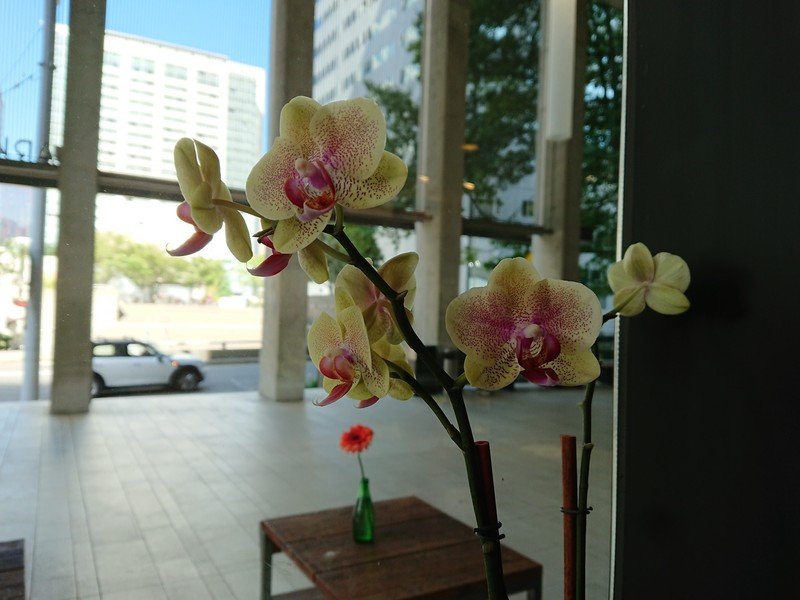

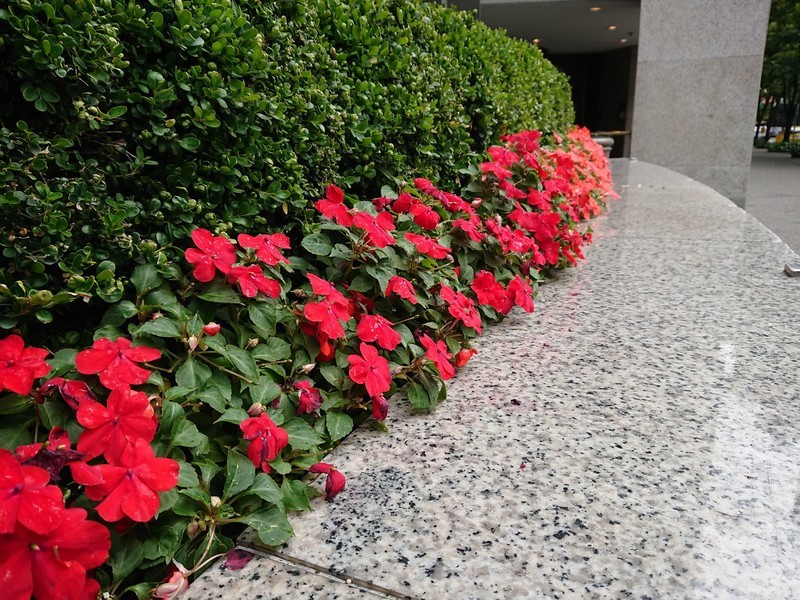


Sony has finally stopped murdering fine lines and details.
On the XZ Premium and the last handful of Sony phones, the camera's "Superior Auto" mode went way overboard in its sharpening and processing of photos, doing what it thought was great work but in reality just completely murdering every last bit of detail in each shot. Otherwise-sharp lines were muddy and soft, and any sort of texture you'd normally find in a scene was crushed to a blotchy mess. I'm not entirely sure why Sony thought this was a good thing, but it was most certainly a bad thing.
Sony has walked back that stance dramatically on the XZ1, and to great effect. Lines are actually sharp where they should be, fine detail is much more preserved even when zooming in, and scenes look natural instead of bordering on watercolor interpretations. I actually had the confidence to open the XZ1's camera, take a shot and not second guess whether it was acceptable or switch over to Manual for another shot "just in case" — that alone is a big improvement.
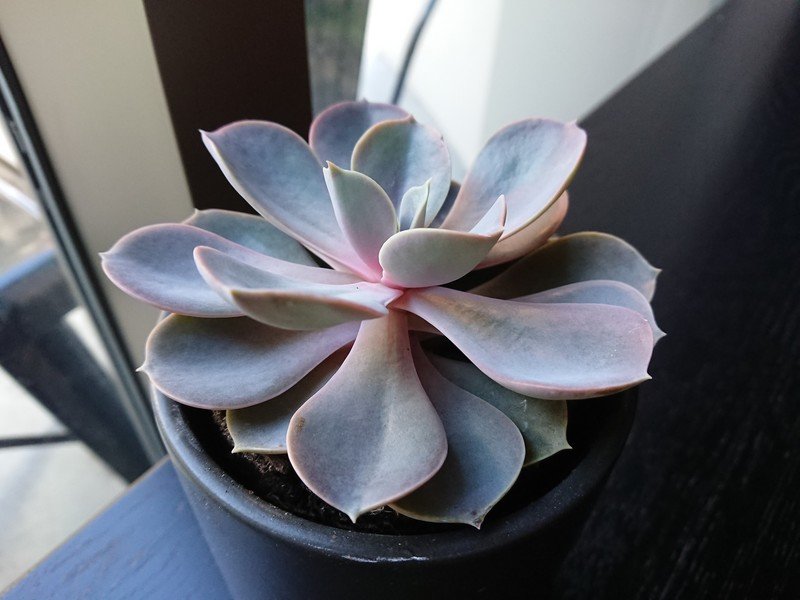
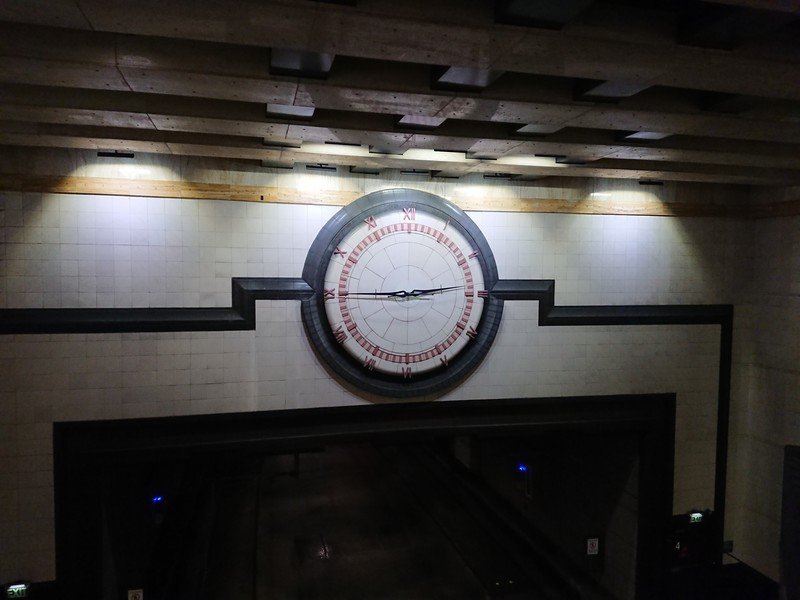
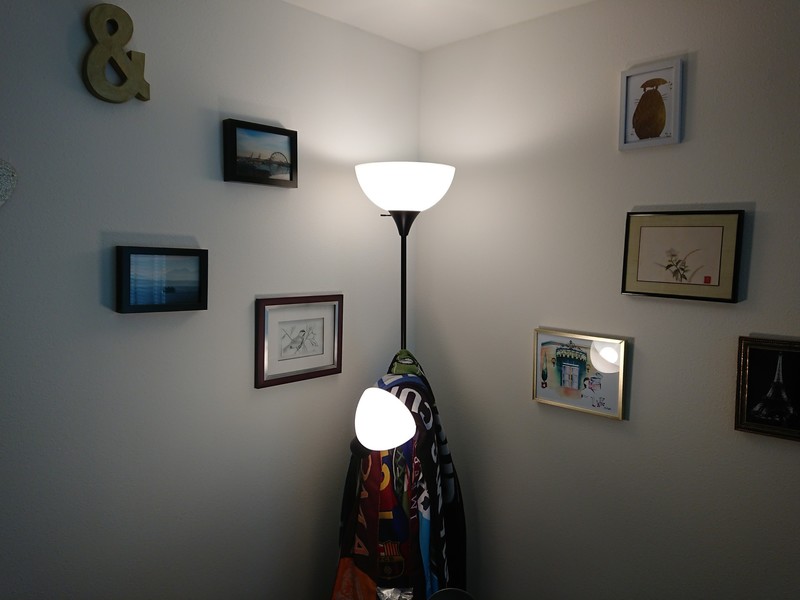

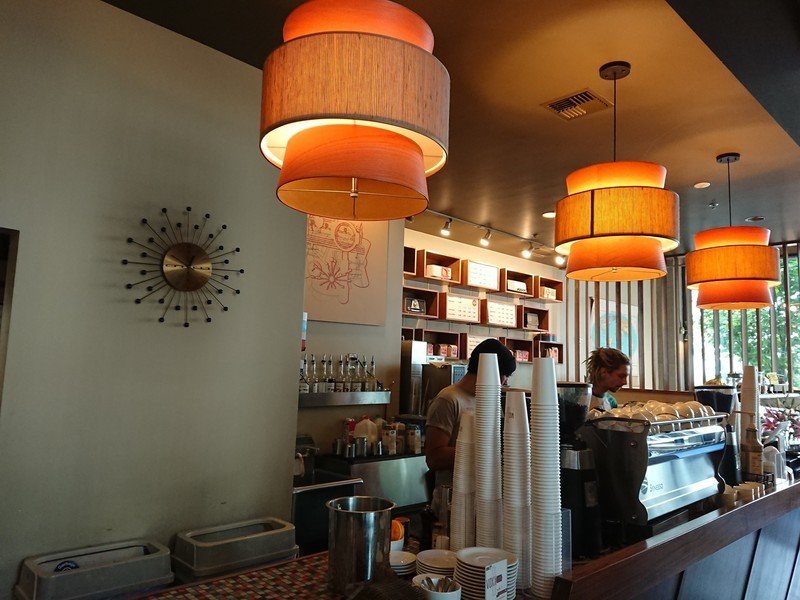
To add to it, Superior Auto seems far more willing to use HDR (there's no explicit HDR toggle unless you are in Manual mode) in scenes that would benefit from it. And in poorly lit scenes where there's a mixture of lighting, the XZ1 again properly refrains from over-processing those dark areas — you still get grain on account of the lack of OIS, but it's just natural low-light grain and not post-processed chroma noise.
Get the latest news from Android Central, your trusted companion in the world of Android
On the right path, with more work to do
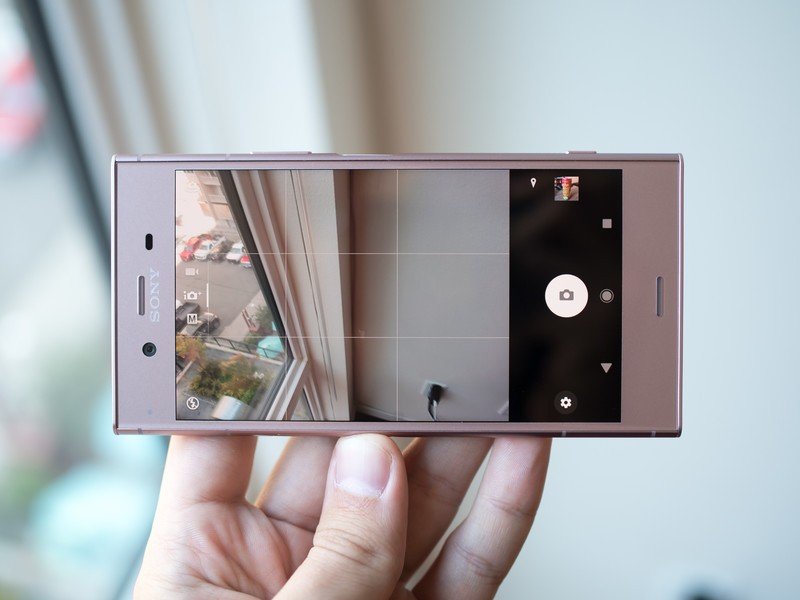
The Xperia XZ1, despite not being the top-of-the-line phone for Sony, still has a $699 price tag and we should rightfully expect a great camera considering the kind of photos you can get out of several other phones for the same money. And I'm unfortunately still going to say that the camera on the XZ1 isn't completely up to speed with the rest of the industry. Between the serious speed and consistency improvements with the XZ Premium and the subsequent processing leap in the XZ1, Sony has reduced the number of dire feelings I have for the state of the company's smartphone cameras. But there's still plenty of room to improve.
There's still plenty of room for Sony to improve — but there are positive signs here.
Much like the XZ Premium, the XZ1 still has issues with metering and overall dynamic range, even though increased use of HDR helps mitigate that. Sony's cameras are still crying out for OIS to improve low light performance and reduce reliance on high ISOs and slow shutter speeds that introduce noise and blur. They also still exhibit some weird post-processed depth-of-field quirks that are rough on the eyes.
At the same time, the camera app, while now very fast, is still poor in terms of usability. The use of disparate modes to accomplish things is unnecessary and complicated — look no further than Samsung to see how a camera app should be made. Copy it wholesale if you want; I'd be happy with that.
Using the XZ1 has shown me that Sony is improving its smartphone cameras, and not just making seemingly superfluous changes without any plan or progress. Now it just has to give up on some of its long-held feelings about how its cameras should be set up, and we could see something that actually goes head to head with the best.

Andrew was an Executive Editor, U.S. at Android Central between 2012 and 2020.
